Sandip Ray
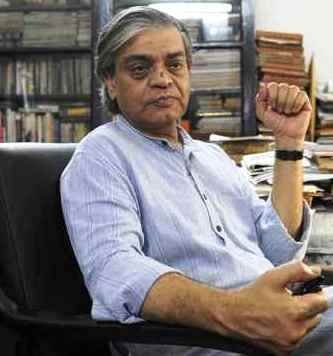
Subscribe to read full article
This section is for paid subscribers only. Our subscription is only $37/- for one full year.
You get unlimited access to all paid section and features on the website with this subscription.
Not ready for a full subscription?
You can access this article for $2 , and have it saved to your account for one year.
- Born: 8 September, 1953 (Calcutta, West Bengal)
- Primary Cinema: Bengali
- Parents: Satyajit Ray, Bijoya Ray
- Spouse: Lalita Ray
- Children: Souradip Ray
“Sandip is handicapped by the additional weight of being my son. His latest work – The Return of Goopy & Bagha is hundred percent his own work. Only the plot and a few songs were mine. But the direction, the photography, the script were all Sandip's. In his handling of the camera, he is a master. His skill is better than mine. The bravura work of his cinematography is incomparable...” so said renowned auteur Satyajit Ray of his only child - film and music director and writer Sandip Ray. Known for films such as Nishijapon (2005), Goopy Bagha Phire Elo (1991), Target (1995) and Professor Shanku O El Dorado (2019), Sandip Ray has approximately 38 films to his credit as director, and has also penned the screenplay for more than 25 films, as well as composed music for 16 films. He is best known for the series of detective films he made based on his father's popular series of books, carrying forward Satyajit Ray’s legacy of films on the quintessential private investigator Pradosh Mitter alias Feluda. Admitting that the challenge to emerge from his father’s shadow was "daunting," he pointed out, “but at the same time you have to work. There are plus points and there are minus points (of being a famous director's son).” Over the years, he has come to be known for his own versatile talents, both as a film director, a script-writer and as editor of the popular Bengali children's magazine Sandesh, launched more than 100 years ago by his family.
Born in Calcutta on 8 September 1953 to parents Bijoya and Satyajit Ray, Sandip Ray initially schooled at the South Point School and the Patha Bhavan, Calcutta. He went on to attend the University of Calcutta.
Aiding his famous father in various capacities including still photographer on set, he began his professional career in film at the age of 24, serving as assistant director on the sets of his father's film Shatranj Ke Khilari (1977). Written and directed by Satyajit Ray, it was based on Munshi Premchand's short story and featured Amjad Khan playing the role of Wajid Ali Shah, the Nawab of Awadh, and Richard Attenborough enacting the role of General James Outram. The main cast includes actors Sanjeev Kumar and Saeed Jaffrey as the chess players. The film is set in 1856 on the eve of the Indian rebellion of 1857, with the British about to annex the Oudh state (also spelled Awadh). The daily life of two wealthy men who are devoted to chess is presented against the background of scheming officials of the British East India Company, the history of its relations with the Indian ruler of Awadh, and the ruler's devotion both to his religious practice and the pursuit of pleasure.
Ray made his directorial debut with Phatik Chand (1983) based on Satyajit Ray's Fatik Chand. The film was a mystery-drama about a botched kidnapping of a Calcutta schoolboy and his relationships and adventures. The film received an award in the International Children's Film Festival in Vancouver.
His comedy Goopy Bagha Phirey Elo (1992), written by Satyajit Ray, was a sequel to the 1980 film Hirak Rajar Deshe and the third installment of the Goopy Gyne Bagha Byne series. It told the tale of Goopy Gyne and Bagha Byne who rule the kingdom of Shundi but get bored of enjoying the royal luxuries. They want to get back to the days of adventure they had enjoyed all their lives, but age comes in the way. They leave the kingdom in search of new experiences, and reach Anandapur where they get embroiled in a plot to steal valuable stones in exchange for their lost youth.
Ray is perhaps best known for his cinematic adaptation of his father’s Feluda stories. “I love making movies on Feluda ... I love the stories, the characters, the intrigues ... I (also) love making films for young adults,” he explained. Baksho Rahashya, a 1996 Bengali mystery-thriller film he directed, was based on the story of the same name by Satyajit Ray. The film is the sequel to Joy Baba Felunath (1979). His next Feluda film, Ambar Sen Antordhan Rahasyo (1999) revolved around Ambar Sen, a well-educated, intelligent man who comes to Feluda for a case and soon vanishes. The film contained an unexpected surprise. Bombaiyer Bombete (2003), was a crime family adventure in which Satyajit Ray's creation Feluda travels to Mumbai with his nephew Topshe to witness a film being made on a story written by their author-friend Lalmohan Ganguly under his pen-name Jatayu. Trouble follows them. Kailashey Kelenkari (2007) saw detective Feluda, with the help of his nephew Topshe and the writer Jatayu, investigating smuggling and illegal trading in ancient sculptures across India. In Tintorettor Jishu (2008), Feluda, the famous Bengali detective, tackles an international buyer, a corrupt arts agent, numerous henchmen and impostors in a story that revolves around a painting of Jesus by the famous Italian painter Tintoretto. His Gorosthaney Sabdhan (2010) was another Feluda adventure though set in the detective’s hometown Kolkata, as opposed to the different parts of the country they usually played out in. In Royal Bengal Rahasya (2011), Feluda and his gang gets invited to North Bengal by a wealthy zamindar to solve a piece of a puzzle supposedly leading to buried "treasure", but things take a turn for the unexpected with a mysterious death and rumours about a man-eating tiger in the jungles. He spun another Feluda tale in Badshahi Angti (2014), wherein the well-known detective must catch a thief who seems to be trying to steal the ring of the long-dead Mughal emperor Aurangzeb. His Double Feluda (2016) portrayed the iconic Bengali detective launching two separate investigations. Hatyapuri, his most recent release of 2022, revolved around Pradosh Chandra Mitter aka Feluda visiting Puri for a vacation. However, he gets involved in investigating a murder that took place in the coastal town during his stay. “There was a gap between the last Feluda movie (2016) and this latest offering ... Covid had much to do with that. But the choice of Puri was dictated by a lot of nostalgia and memories. My father used to love the place and wrote many of his scripts there,” the director explained.
His competence at handling more serious and diverse themes is also seen in some of his directorials. His Uttoran (1994), a drama film, depicted Sen Gupta, a doctor who attends only upper class patients and is forced to confront his own beliefs as he discovers rural India. Thereon, a transformation starts from being a cold man to being human. The film’s cast comprised Beena Banerjee, Lily Chakravarty and Soumitra Chatterjee.
Target, his 1995 drama film, revolved around a cynical woman (Champa), who leads exploited workers in a revolt against a cruel landowner (Mohan Agashe) in India.
His drama film Himghar (1996) revolved around Barun Banerjee, a middle-class bank employee, who gets into trouble after the head office sets up an inquiry about previous transactions. However, he soon sees the selfish nature of the world around him.
His drama film Nishijapon (2005) depicted a family that gets alienated in a mountain forest villa after an earthquake. After three days of starvation, the true nature of each character begins to emerge.
His drama film Bipin Choudhurir Smritibhram (2012) revolved around an executive Bipin Choudhury, who is unable to recall a holiday to Ranchi that others vouch he took along with them. While he believes he might be developing his brother’s streak of lunacy, the mystery deepens.
Jekhane Bhooter Bhoy (2012) depicted a story-teller providing the frame for three short narratives – three ghost stories for which an eager group of children serves as the audience.
His directorial Chaar (2014), was a drama horror mystery, based on four short stories by different writers: "Bateswarer Abodan" by Parasuram, "Porikkha" by Sharadindu Bandyopadhyay, "Kagtarua" by Satyajit Ray and "Dui Bondhu" by Satyajit Ray.
In 2016, he directed the romantic drama Monchora, revolving around the story of a thief played by Abir Chatterjee.
Professor Shanku O El Dorado (2019) saw him direct this adventure story of the genius scientist and inventor Professor Shonku to the heart of the Amazon forests in search of the mythical city of El Dorado. With this film, Ray wove a world of myths, superpowers, and science.
He also directed Zindagi Ek Safar (1988), a documentary exploring Kishore Kumar’s legend. He has also directed TV miniseries such as Satyajit Ray Presents (1986), Ghurghutiyar Ghotona (1998) and Satyajiter Goppo (1998 – 2000), as well as TV films such as Gosainpur Sargaram (1996), Golapi Mukta Rahasya (1999) and Dr Munshir Diary (2000).
Ray is also a noted photographer. He was the director of photography on Satyajit Ray's last three films, Ganashatru (An Enemy of the People, 1989), Shakha Proshakha (The Branches of the Tree, 1990) and Agantuk (The Stranger, 1991).
He also guided the children's magazine Sandesh, which was founded by his great-grandfather Upendrakishore Ray Chowdhury, and continued by his grandfather Sukumar Ray and his father Satyajit Ray. From 1992, after the death of Satyajit, Sandip was the joint editor of Sandesh. He took over as editor of the magazine in 2003.
With author Sebabrata Banerjee, he penned his account of the time he has had with Feluda, the famous Bengali detective created by his father, in a book named Aami aar Feluda, published by Deep Prakashan. The book deals with the background stories of all Feluda films and telefilms.
Veteran film scholar and critic Shoma A Chatterji rates the younger Ray as a "consistent filmmaker which is rare for the Bengali movie industry, making wholesome, entertaining, family films,” also noting that "his music stands out as very good.” This is a gift that he shares with his father.
In an interview, Sandip Ray revealed that perhaps because he was the only child, his father wanted him to follow in his footsteps. “He therefore involved me in all aspects of filmmaking. Surprisingly when I made my own film he did not interfere till I showed him the first cut.”
References
https://economictimes.indiatimes.com/magazines/panache/director-sandip-ray-opens-up-about-carrying-the-legacy-of-father-satyajit-and-what-he-has-in-store-for-feluda/articleshow/95938898.cms?from=mdr
https://www.mansworldindia.com/currentedition/from-the-magazine/fathers-and-sons-sandip-ray-on-satyajit-ray/
https://www.imdb.com/name/nm0712994/bio/?ref_=nm_ov_bio_sm
Image courtesy: https://www.facebook.com/448927505118025/photos/a.452181094792666/2081535111857248/




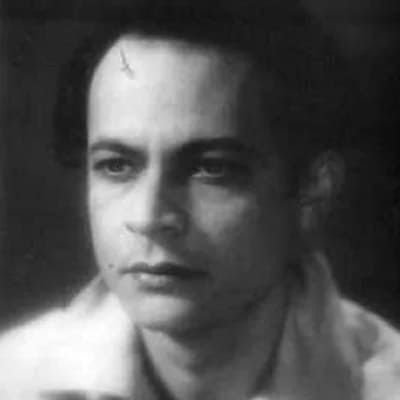
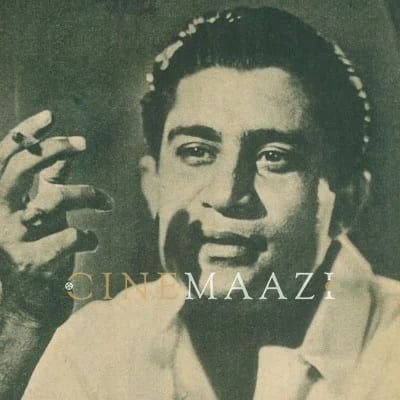

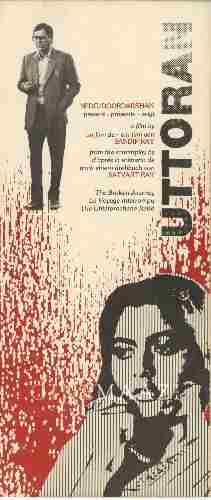

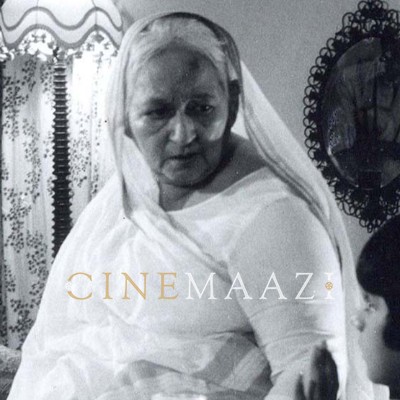
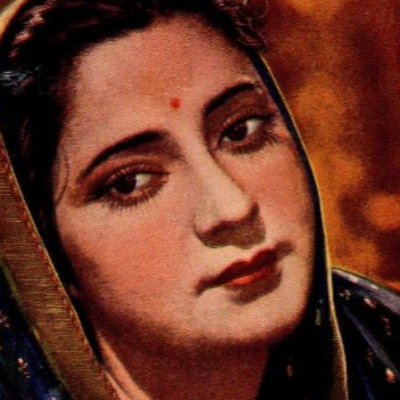
.jpg)
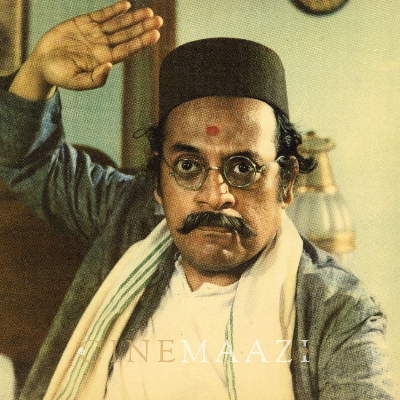
.jpg)



